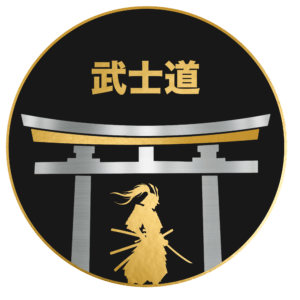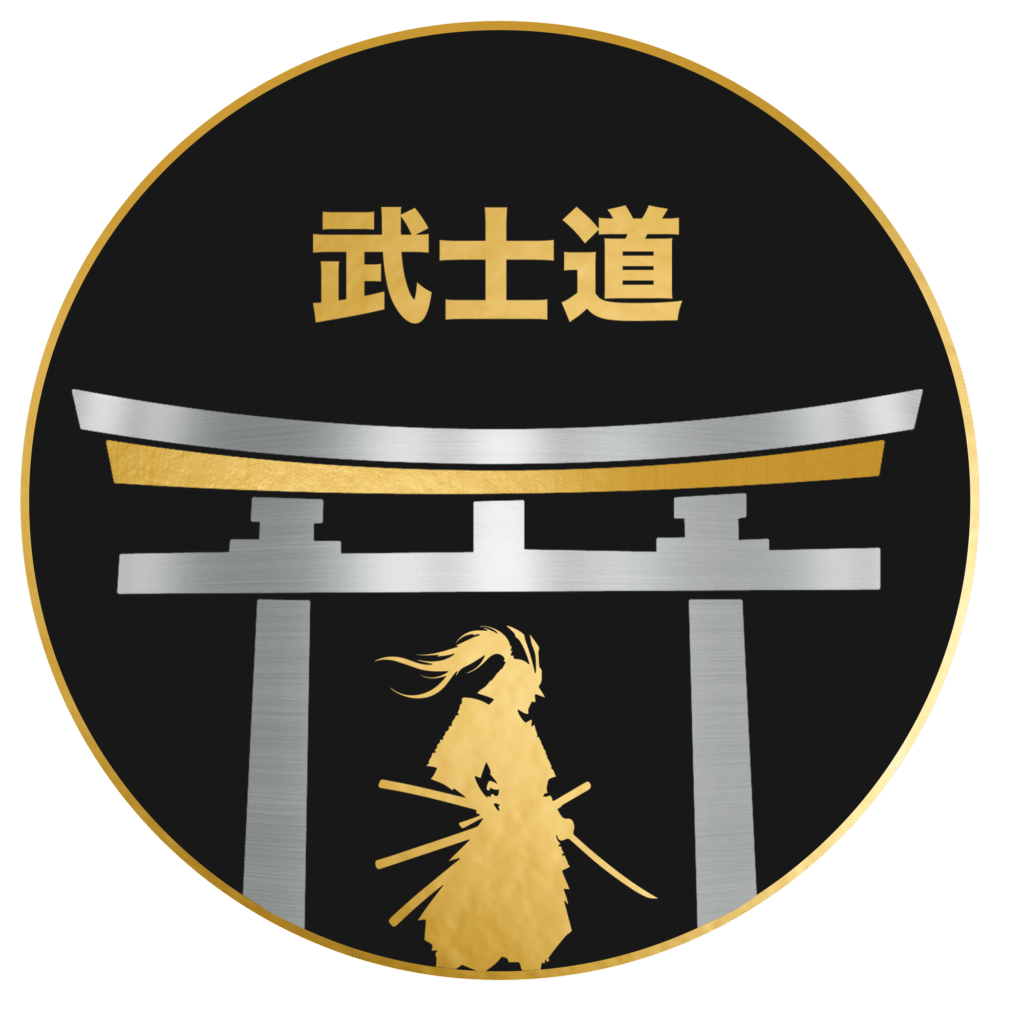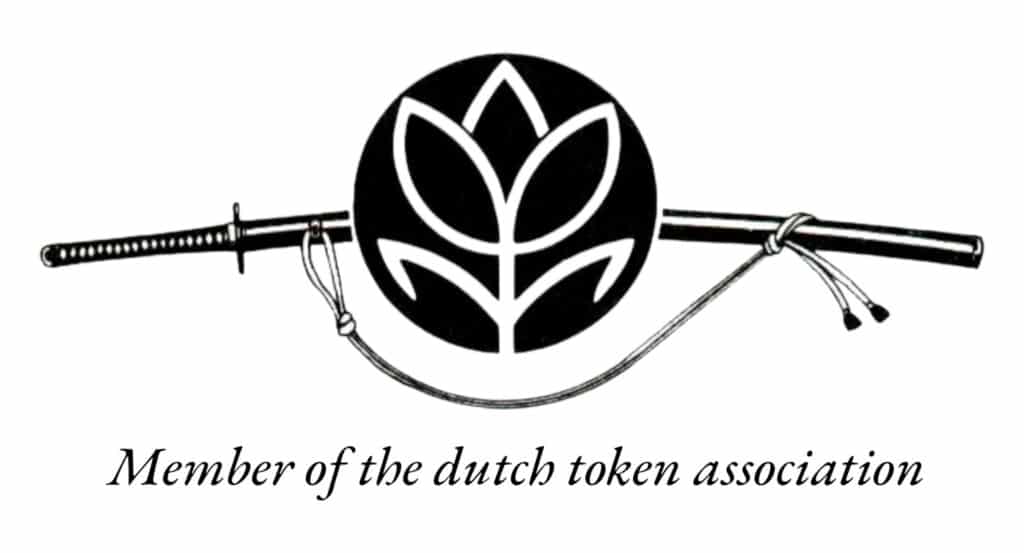Introduction: The Way of the Blade
In Edo-period Japan, the katana was more than a weapon. It was a mark of identity, a symbol of honor. Samurai lived by it. Artists forged it with care and purpose. Every curve, every fold of steel, held meaning.
The katana stood at the center of a code—one built on discipline, loyalty, and restraint. In times of peace, it became a soul’s reflection. Silent. Ready.
Today, collectors seek more than sharp steel. They seek pieces of history, shaped by hands long gone. They look for authenticity. For balance in blade and story.
This pursuit is not rushed. It is studied. It is precise. Like the katana itself. Quiet on the wall, but alive with spirit.
1. Examine the Nakago (Tang): Time Marks the Steel
The nakago, or tang, is the hidden spine of the blade. It holds the quiet truth of a sword’s age and origin. Its surface tells a story that polish cannot touch.
Look for patina—natural rust that forms over decades. Its color should be deep, even, and untouched by sanding or cleaning. Fresh scratches or bright metal are signs of interference, not age.
Note the shape. Older swords often have a tapered, elegant nakago. Its lines follow the rhythm of the blade, shaped by hand, not machine.
Examine the yasurime—file marks cut into the tang. Each school and smith left a signature style. These lines are hard to fake. A true sword bears its marks with precision and wear that only time can give.
The nakago is not dressed to impress. It speaks quietly, but honestly. Listen to it.
2. Study the Mei (Signature): More Than Ink on Steel
The mei, or signature, carved into the tang (nakago) of a Japanese sword is more than identification. It reflects the maker’s pride, lineage, and era. Recognizing an authentic mei is a study in patience and detail.
Start with legibility. Examine the characters closely. Skilled swordsmiths carve with precision and depth. The strokes show confidence. Worn or shallow mei can still reveal intent in the flow and balance.
Next, research the name. Cross-reference mei in trusted sword databases or books. Look for consistent kanji style, placements, and carving habits—signature habits were often unique.
Watch for common forgeries. These may have uneven strokes, incorrect kanji, or lack the depth of real carving. Placement matters too. Authentic mei are aligned and follow traditional patterns.
Context supports truth. The style of the blade, the shape of the tang, and the age match must fit the claimed lineage. If they don’t, question the mei.
When in doubt, seek expertise. A seasoned polisher or certified appraiser can read more than ink on steel. They read the soul behind it.
3. Look at the Jigane (Steel Grain): The Soul Within the Blade
The jigane, or steel grain, is the true face of the blade. It holds the memory of the forge and the hand of the smith. To study it is to understand the soul of the sword.
Folded steel shows in delicate, flowing lines—hada. These patterns form as layers of steel are folded and hammered over and over. They reveal the harmony between iron and fire.
Each region in Japan shaped its blades with a distinct grain. Yamashiro blades often display tight, wood-like itame hada. Bizen smiths favored a more prominent mokume, like flowing water rings. Soshu tradition combined patterns, creating bold contrasts. In time, these schools evolved. So did the steel.
A genuine jigane glows with quiet depth. It is not etched or painted. It sits just beneath the surface, deep as memory. Modern reproductions often lack this natural rhythm. Their patterns are uniform—too perfect. The soul is missing.
To see the jigane clearly, hold the blade under proper light. Let your eyes adjust. Let the grain emerge slowly, like ink soaking into paper. This is not decoration. It is the story of how the sword was born.
In a true sword, the jigane whispers. Listen.
4. Analyze the Hamon (Temper Line): Fire’s Last Trace
The hamon is more than decoration. It is the hardened edge’s silent proof—where fire met steel and held its breath. Look closely. A cloudy line winds along the blade, shifting from soft curves to jagged waves. Each form tells a story.
The blade’s edge cools faster than the spine. This difference—intentional, precise—creates the hamon. The smith uses clay, fire, and time to shape the steel’s soul. Quenching makes the edge hard and sharp, the back resilient and soft.
There are many types of hamon. Suguha: straight and calm. Midare: irregular, alive with movement. Each carries the mark of its maker. Some hamon speak of the Kamakura period—bold, dramatic. Others whisper Edo—refined, exact.
The art lies not just in shape, but control. A true smith knows the steel’s limits. He walks the line between fracture and flow. The hamon reveals this balance.
Examine it closely, in the right light. You’ll see depth, layers, motion beneath stillness. This is the fire’s last trace—the smith’s quiet signature.
5. Assess the Sugata (Overall Shape): Form Follows Era
The Edo period brought refinement to the sugata, or overall shape, of the katana. These blades tended to be thinner and more elegant than their predecessors, showing the peace of the times in their form.
Length became more standardized. Most Edo-period swords were between 69 and 72 centimeters, suitable for the urban samurai and the confined spaces of towns. The curvature, or sori, was gentle. Earlier periods often favored more dramatic curves, useful for mounted combat. Edo blades, made for foot soldiers and duels, required less.
Tapering of the blade—both in width and thickness—was also distinct. Edo swords often featured a noticeable taper from base to tip. This not only created visual balance but made for swift handling.
These traits reflect the shift from battlefield necessity to personal discipline and status. The sugata of the Edo sword speaks of stillness, readiness, and form shaped not just by function, but by a way of life.
6. Inspect the Koshirae (Mountings): True Blade, Trusted Wrappings
The koshirae is not just ornament—it tells a story. Every fitting, from the tsuka (handle) to the tsuba (guard) and saya (scabbard), reflects the blade’s life, its purpose, and its journey.
Start with the tsuka. Traditional wrapping, or tsukamaki, should be tight and even. Loose or modern materials may suggest recent alterations. The samegawa (ray skin) beneath should show wear consistent with age, not artificial aging.
Examine the tsuba. Its design, weight, and craftsmanship often indicate period and school. An overly intricate tsuba on a simple blade could be a mismatch—functional swords from wartime eras typically had plain guards.
Check the saya for fit and finish. A proper scabbard holds the blade firmly without forcing it. Cracks, mismatched lacquer, or modern fastenings can hint at replacements or careless restoration.
Together, these elements reveal more than aesthetics. They ground the sword in a specific time and purpose. A true blade deserves fitting that respects its origin—not just decoration, but continuity.
Look closely. The mountings speak, if you know how to listen.
7. Seek Provenance and Paperwork: The Blade’s Story on Paper
Paper tells the sword’s story. When buying a katana, always ask for documentation.
The most respected certification comes from the NBTHK—the Nihon Bijutsu Token Hozon Kyokai. This organization is Japan’s foremost authority on Japanese swords. Their papers confirm a blade’s authenticity, quality, and historical value.
An NBTHK certificate shows more than origin. It reflects years of study, expert evaluation, and tradition. It connects the blade to a lineage of craftsmanship.
Other papers may come from regional sword societies or trusted dealers. While not as authoritative, they can still provide valuable background. Always check for consistency between documents and the blade itself.
Look for detailed descriptions: blade shape, signature (mei), forging style, and period. A mismatch between paper and steel is a warning.
True swords carry a record, just like their makers passed down technique. Without paperwork, a katana’s story fades into doubt.
Trust the sword that comes with a written past.
Final Thoughts: Honoring the Truth in Steel
A true Edo-period sword carries more than steel. It holds the discipline of the smith, the silence of the forge, and the weight of a time long past.
To collect such a blade is not to acquire, but to respect. Each piece is a lesson in history, craftsmanship, and restraint. Rushing leads to error. Impatience blinds the eye to subtle truths.
Study slowly. Ask deeply. Clean with care. Store with reverence. The sword returns what you give.
In this pursuit, there is no room for pride, only gratitude. The path to an authentic blade is neither loud nor fast. It is steady. It is earned.
Honoring the sword begins with honoring the process. Let that be your guide.





